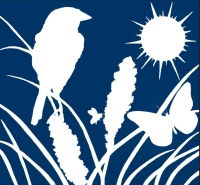
Go back to Habitat Friendly Utilities Program page
BWSR Habitat Friendly Utilities Program Goals and Strategies
Key goals and strategies of the program include:
1) increasing collaboration with a wide range of partners
- Engage a wide range of partners including utility companies, consultants, tribal governments, non-profits, federal, state and local governments, private companies, and Minnesota Residents.
- Conduct frequent outreach about the Habitat Friendly Utilities Program to partners.
- Host and support summits involving program partners.
2) building on the success of the BWSR Habitat Friendly Solar Program to establish habitat on a wide range of utility projects
- Maintain momentum of Habitat Friendly Solar (to be a sub initiative of Habitat Friendly Utilities).
- Further document outcomes of Habitat Friendly Solar on the program’s website.
- Collaborate with solar companies to add additional projects to the list of sites meeting the state Habitat Friendly Solar standard.
3) Support successful pilot projects
- Establish pilot projects that will build partnerships and knowledge across the state for effective management of utility projects for co-benefits
- Study innovative approach approaches for effective management of utility projects for co-benefits.
4) provide technical assistance to increase plant diversity, pollinator habitat, carbon sequestration and water management
- Review and provide guidance for newly planned corridors including seed mix recommendations.
- Document innovative site establishment and management approaches and the cost-savings of Habitat Friendly Solar and utility projects.
- Collaborate with partners to develop corridor management guidance for Minnesota including Minnesota assessment forms, plan examples, landowner letters, herbicide standards, seed mix recommendations
